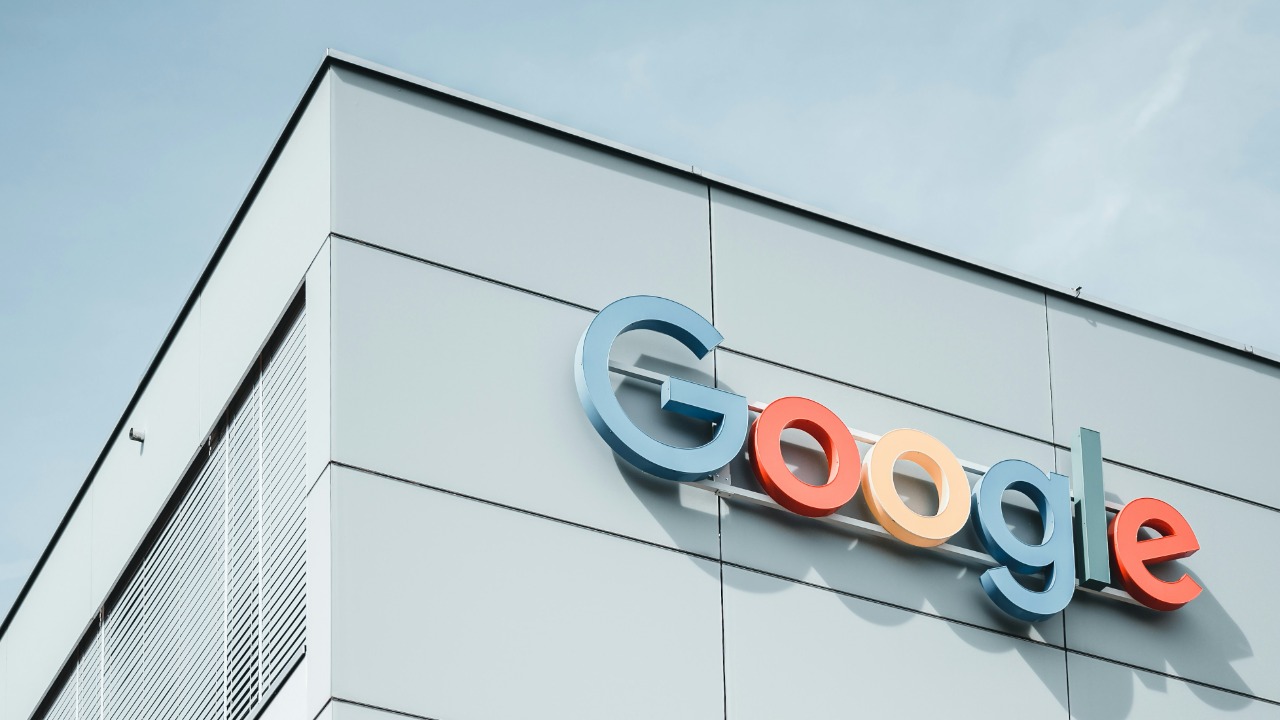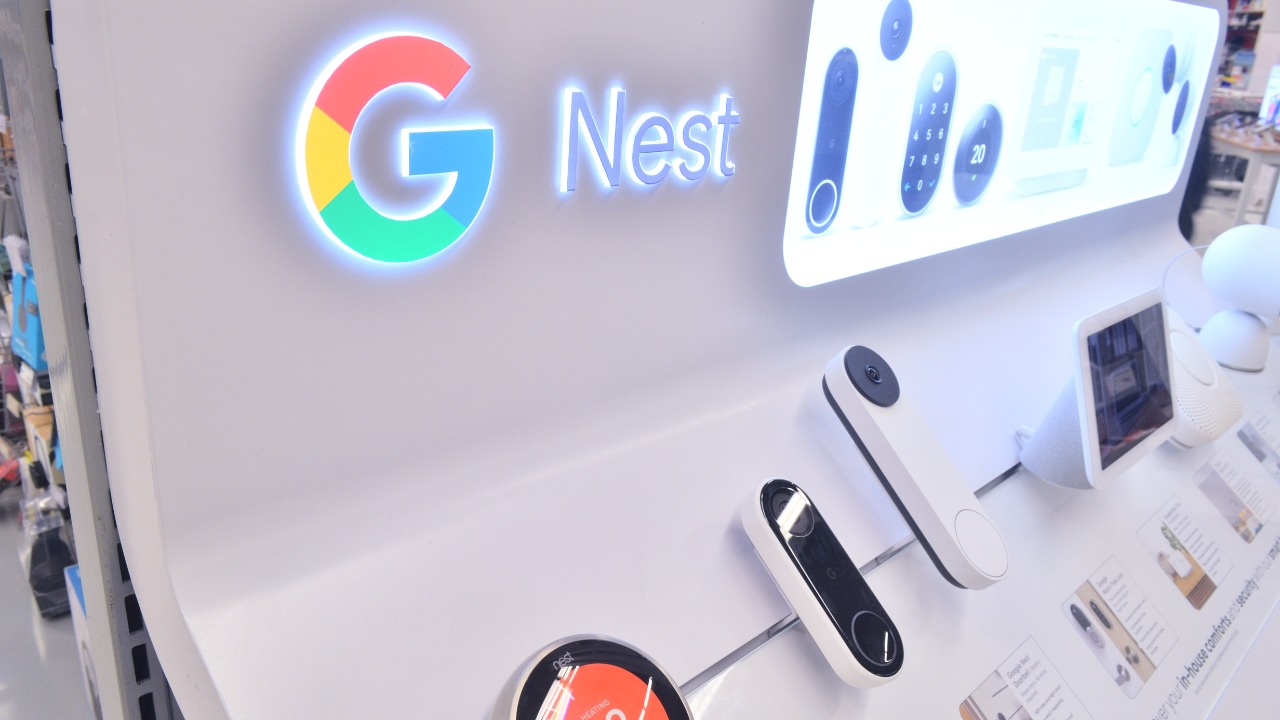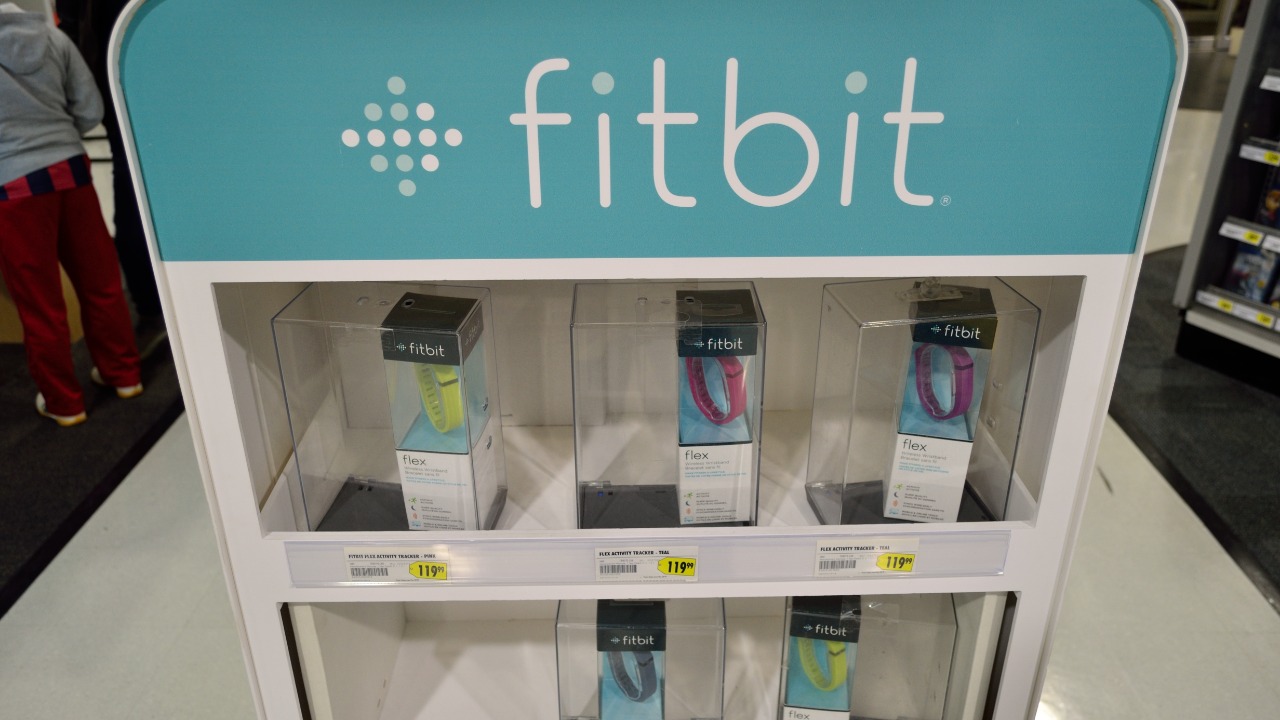
When you think of Google, you probably think of search engines and Android, but this tech giant owns a diverse range of companies. Some of these acquisitions might surprise you. From smart home devices to fitness trackers and online video platforms, Google’s influence extends far beyond its original mission. Let’s explore three major companies that are part of the Google family.
Nest Labs

Nest Labs, a pioneer in smart home technology, is one of the companies you might not immediately associate with Google. Acquired in 2014, Nest specializes in products like thermostats, cameras, and smoke detectors that make homes smarter and more energy efficient. Google’s acquisition of Nest Labs was a strategic move to enhance its presence in the Internet of Things (IoT) market. With its user-friendly devices, Nest has become synonymous with smart living, seamlessly integrating with Google Assistant for a cohesive home automation experience.
Since becoming part of Google, Nest has continued to innovate, bringing new features and improved connectivity to its products. The synergy between Google’s software expertise and Nest’s hardware innovation has strengthened the company’s position as a leader in the smart home industry. Nest products are designed to work together, offering users an interconnected experience that enhances both convenience and security.
Fitbit

In 2019, Google announced its acquisition of Fitbit, a leading name in the fitness tracking market. Known for its wearable devices that monitor physical activity, Fitbit has become a staple for health enthusiasts worldwide. The acquisition was part of Google’s strategy to bolster its wearable technology and health data capabilities. Through Fitbit, Google aims to compete more aggressively with companies like Apple and Samsung in the fitness and wearable tech space.
Fitbit’s integration into Google has led to increased development in wearable technology, focusing on health data and user experience. Google’s resources have enabled Fitbit to expand its research into health metrics, offering users more insights into their physical well-being. This partnership underscores Google’s commitment to innovation in health technology, leveraging Fitbit’s expertise to deliver enhanced health-focused solutions.
YouTube

YouTube, the world’s largest online video platform, was acquired by Google back in 2006. As a dominant force in digital entertainment, YouTube has become an essential part of Google’s empire. The platform offers a wide array of content, from music videos and educational content to gaming and live streams, attracting billions of users each month. Under Google’s ownership, YouTube has expanded its features, including the introduction of YouTube Premium and YouTube Music.
Google’s acquisition of YouTube has been instrumental in transforming it into a comprehensive entertainment platform. The integration of advanced algorithms and machine learning has improved content recommendation and user engagement. Furthermore, YouTube’s advertising model has evolved, leveraging Google’s advertising prowess to maximize revenue. This acquisition highlights Google’s ability to nurture and grow platforms, solidifying YouTube’s position as a cornerstone of online media consumption.